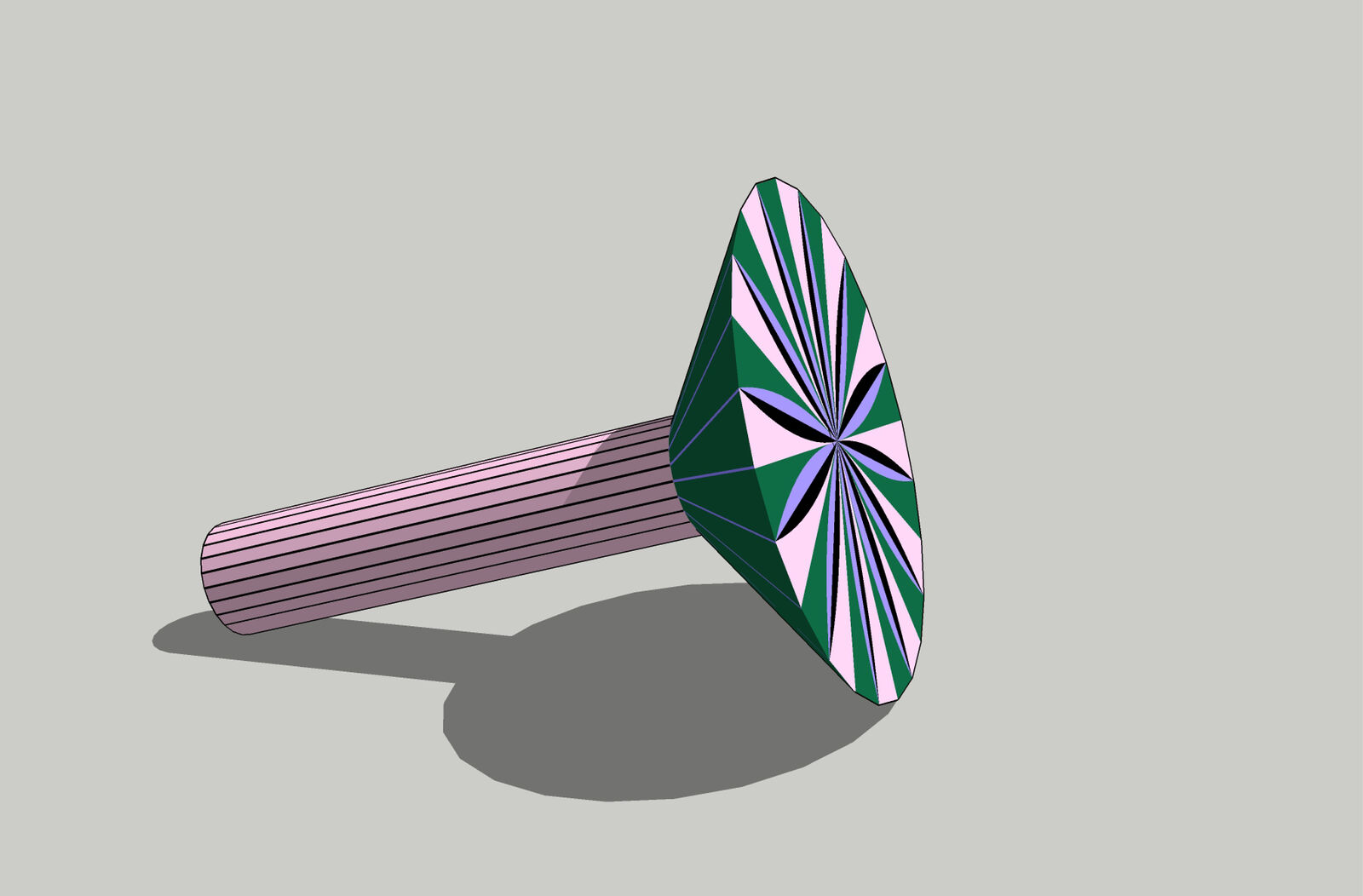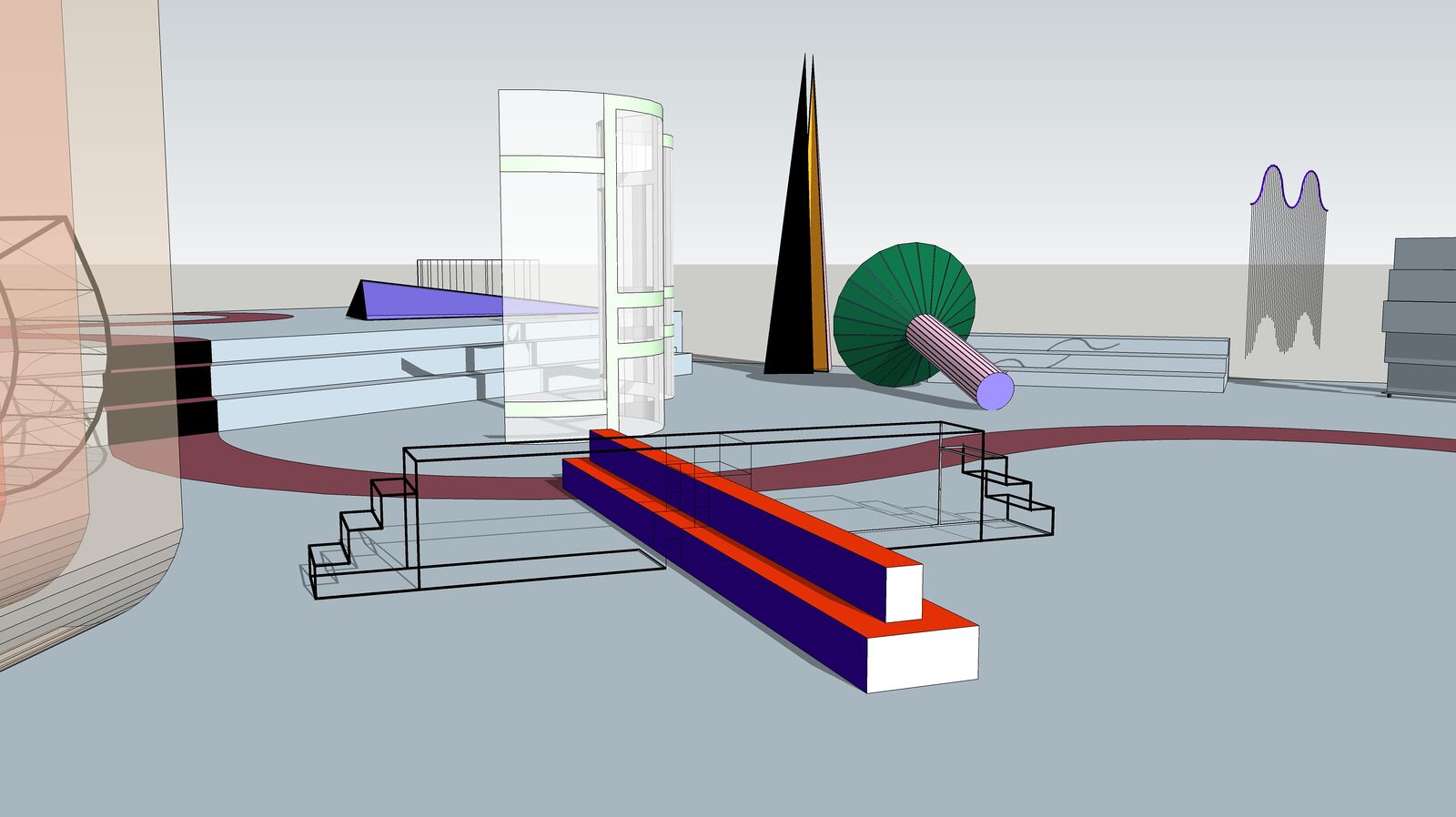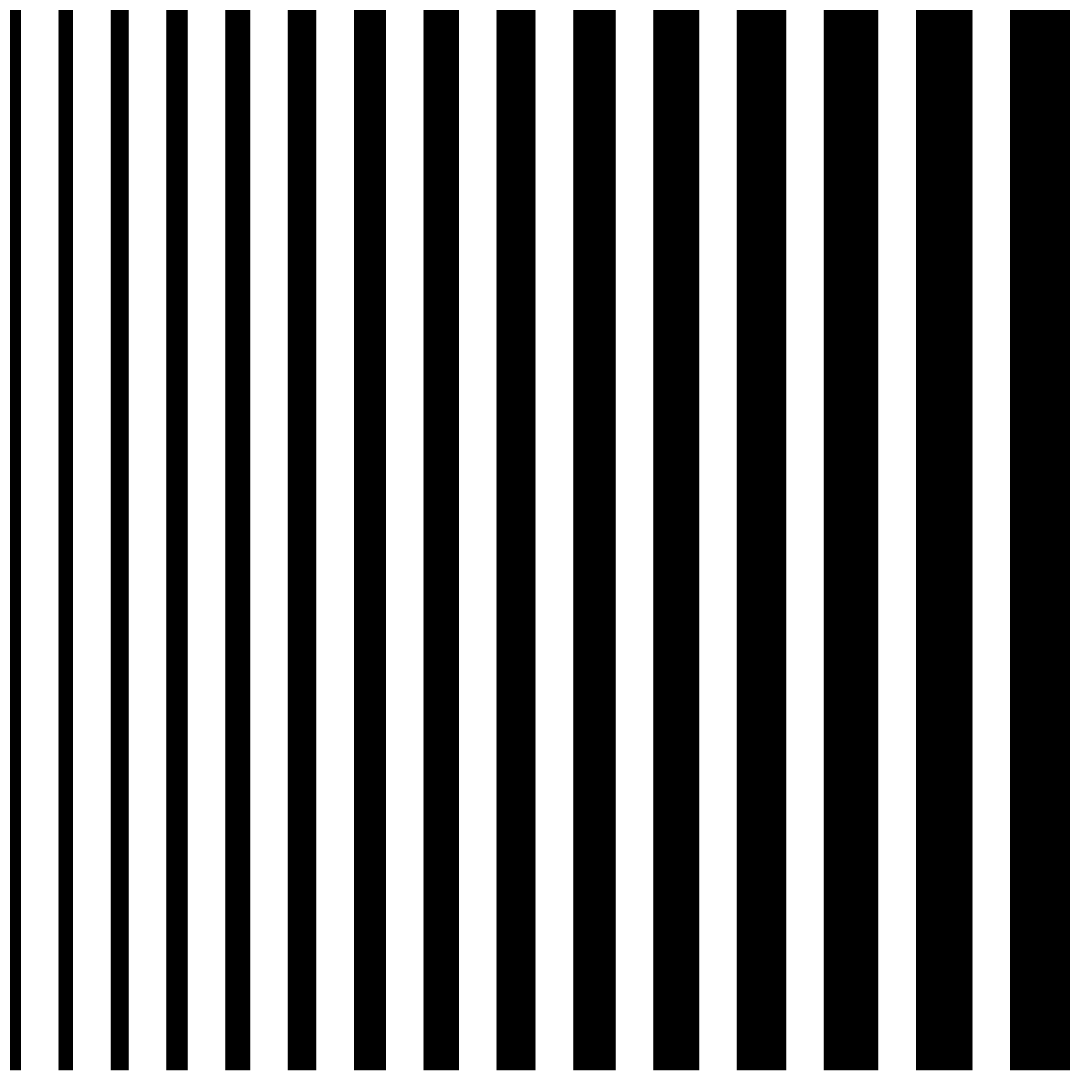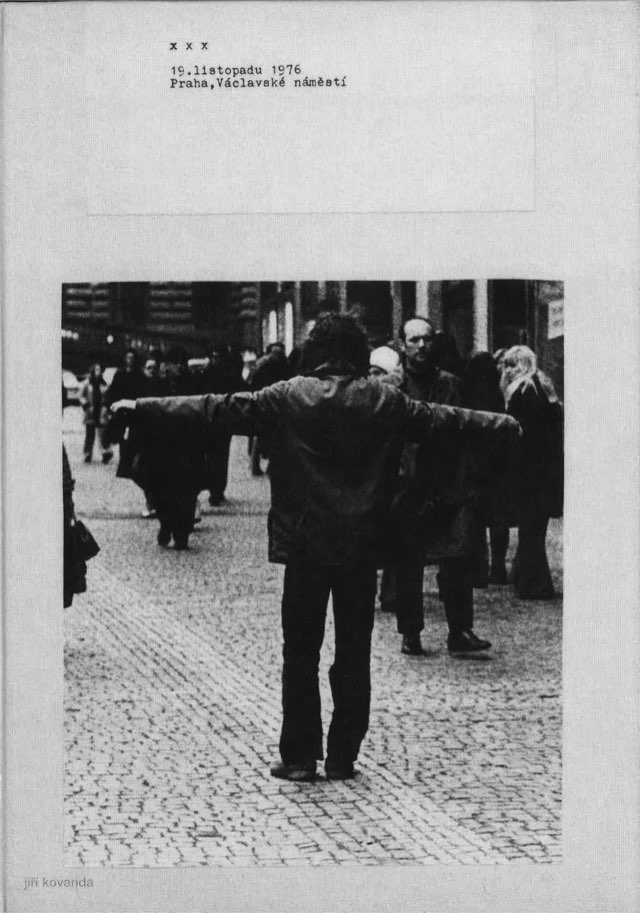Andrea Canepa – An Interior Motion
de Appel, Schipluidenlaan 12, Amsterdam

Opening
02 July 2022
Exhibition
02 July – 28 August 2022
Wednesday - Sunday 12:00 – 18:00
About the exhibition
For her first solo-exhibition in the Netherlands, Peruvian artist Andrea Canepa (Lima, 1980) has taken on the Aula space of de Appel as the site for her continued fascination and investigation into the organization of the physical and social structures of our everyday lives. An investigation that seeks to reveal that while the spatial and architectural parameters of these systems of organization can seem clearly marked, their program – how they are used – is indistinct. An indistinction based on the notion that within almost all aspects of human interaction the boundaries of these connections are ambiguous. By means of the 1:1 scale of her sculptures alongside the performative feature of An Interior Motion, Canepa makes this ambiguity evident. By juxtaposing the architectural narratives of the monumental interior with human movement, the (possible) social realities of its past and present open up opportunities to reinterpret the space and its many meaning(s).
From when it was first designed – by Dutch architect Ben Ingwersen – as CSG Pascal in 1969, the hypermodern school building where de Appel now resides was both signature in its design to the almost fifty other schools he designed during the post-war period in The Netherlands, as well as being one of the most distinctive. It’s features – concrete facades, pillared interiors, flat roofs and large windows (with rod panelling) – are unique to his style.
However, the aula of the school – originally the function of this exhibition space – is one of the few he designed raised on concrete columns, affording its design a special architectural and historical value. The programme he envisioned was one of typical modernist thinking where physical and social structures were so intermittently entwined and measured. Within its interior the repetition of architectural elements was devised as being the indicators of its programme as well as of where the ‘user’ finds himself at that particular moment within the scenography.
Since then, the social, economic, and cultural reality surrounding this building has changed considerably, and therefore its own function as well. After a period of being a shelter for asylum seekers to The Netherlands, it then became what it is now: a cultural hub, within a highly contested area of Amsterdam, which finds itself in an increasingly accelerated state of gentrification.
The exterior of the building, while having aged as well, has remained largely intact. Its interior, however, reveals the notable changes to its programme. Each part of its evolution leaving behind residues of its use, which are as much exposed by the architectural constraints of its design, as the programmes made to fit within.
While one could regard these programs as instructions, Canepa prefers to approach them as forms of clear indications of play in the manner that Dutch sociologist Johan Huizinga understood it as the gauge of all social/cultural interaction within society. In the case of An Interior Motion the building and the unique interior of the Aula and its decorative elements are the infrastructure of rules to this game as well as its play-pieces.
The game is the performative part of the work, whether it be her own choreography, or that of the visitors to de Appel who are invited to climb, to move and to reshape the pieces on this game-board. By doing so, shows that the bringing together of all these elements change the score of the architecture, its possible programmes and the resulting meaning of that score.
It shows that play, as a performative practice and spatial reality, offers new perspectives on theatrical and social experiences. Play becomes a fictional construct that produces social, historic, and cultural interpretations. The game is choreography, and the choreography becomes a game, whereby other relationships towards territory emerge and, in that intermediate space, unexpected possibilities and narratives may appear.

Image: Andrea Canepa, 2022
About the artist
Andrea Canepa started her studies in Fine Arts at the Pontificia Universidad Católica del Perú and completed them at the Universidad Politécnica de Valencia, where she graduated with a Master's degree in Visual Arts and Multimedia. She has received grants from the German Art Fund Foundation, the Senate for Culture and Europe in Berlin, Endesa Foundation (Spain) and awards including the ARCO Community of Madrid Prize for Young Artists and the Generaciones Prize (Spain). She has participated in a number of recidencies including Gasworks (UK) and Jan Van Eyck Academie (Netherlands). She’s had solo shows at the Peruvian-American Cultural Institute (ICPNA) in Lima, Domus Artium Museum in Salamanca, the Museum of Teruel and Sant Andreu Contemporani in Barcelona. She currently lives and works in Berlin.
With special thanks to:



